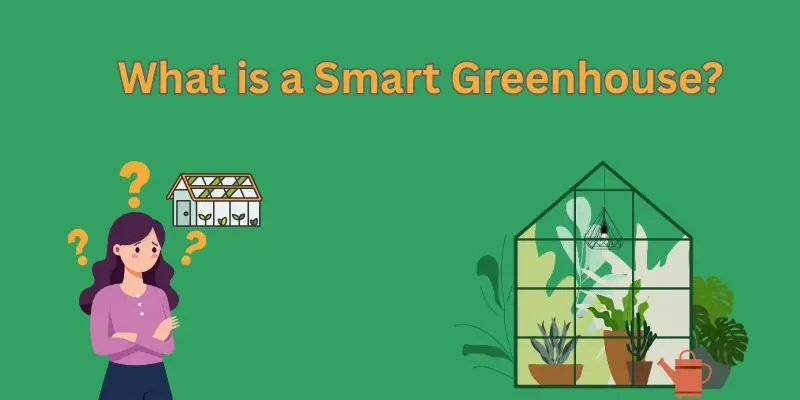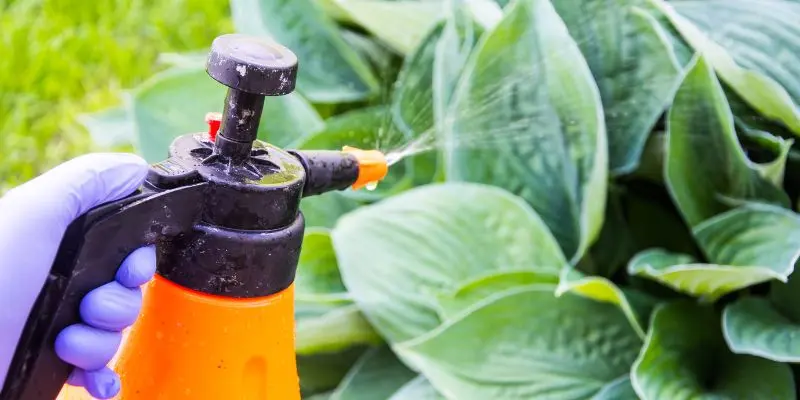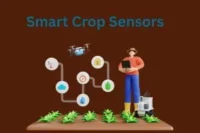Smart Greenhouses for Vegetable Farming: A Revolution in Sustainable Agriculture
Published: 30 Apr 2025
In a world increasingly affected by climate change, urbanization, and food insecurity, the way we grow vegetables is undergoing a radical transformation. Smart greenhouses represent a powerful solution — allowing farmers to grow fresh produce consistently, sustainably, and intelligently, no matter the external environment. For smallholder farmers and agribusinesses alike, this isn’t just about innovation; it’s about survival and hope.
What is a Smart Greenhouse?
A smart greenhouse is an advanced cultivation structure equipped with technology that automates and optimizes the growing conditions for vegetables. These systems are designed to control internal climate variables such as temperature, humidity, light, CO₂ levels, and soil moisture through integrated sensors and automated mechanisms.

Key Technologies Used
- IoT (Internet of Things) sensors for real-time monitoring
- Automated climate control systems (ventilation, shading, misting)
- AI-based software for data analysis and predictive adjustments
- Drip irrigation and fertigation systems for precision input delivery
- Solar energy integration for sustainable power supply
- Mobile and cloud platforms for remote access and alerts
Benefits of Smart Greenhouses in Vegetable Farming
Smart greenhouses are transforming traditional vegetable farming by introducing precision, automation, and climate resilience into crop production.
1. Year-Round Vegetable Production
Smart greenhouses make it possible to grow crops regardless of external climate or seasonal limitations. This enables continuous supply, better market access, and reduced reliance on imports or stored produce.
2. Efficient Water and Input Usage
Precision-controlled irrigation and fertigation systems significantly reduce water consumption—by up to 90% compared to open-field farming. Fertilizer and pesticide use is also minimized, reducing both costs and environmental impact.
3. Protection from Climate Extremes and Pests
With the ability to isolate the crop environment from external threats, smart greenhouses provide a defense against floods, droughts, heatwaves, and pest outbreaks—ensuring stable yields.

4. Higher Yields and Better Quality
Data-driven crop management helps maintain optimal growing conditions, often resulting in increased yields, faster growth cycles, and higher nutritional value in vegetables.
5. Resource Optimization and Cost Savings
Although initial setup costs are higher, smart greenhouses reduce labor needs and operating costs over time through automation and optimized resource use.
Real-World Impact: Changing Lives Through Technology
In rural Maharashtra, a farmer named Kavita transitioned from traditional open-field farming to a small smart greenhouse setup with solar-powered irrigation. Prior to the switch, her crops suffered from irregular rainfall and pest infestations. Within a year, she saw a 300% increase in income, gained independence from chemical inputs, and became a local supplier of fresh, clean vegetables to nearby towns. Smart farming not only transformed her crops but gave her family stability and pride.
Environmental and Economic Advantages
| Feature | Traditional Farming | Smart Greenhouse Farming |
|---|---|---|
| Water Consumption | High | Low (Precision-based) |
| Energy Use | Inefficient (diesel/electric) | Renewable (solar-enabled) |
| Pesticide Use | High | Low or Minimal |
| Yield Consistency | Variable (climate-dependent) | High and Predictable |
| Land Requirement | Extensive | Compact, scalable |
| Labor Dependency | High | Reduced through automation |
Challenges and Limitations
While promising, smart greenhouses are not without challenges:
- High initial capital investment
- Need for technical training and maintenance knowledge
- Dependence on reliable power sources and internet connectivity
- Risk of over-reliance on technology without farmer education
Future Prospects and Innovation Opportunities
- Development of low-cost smart greenhouse kits for small farmers
- Integration of AI and machine learning for predictive crop planning
- Solar-powered micro greenhouses in rural and urban areas
- Expansion of rooftop smart farming in cities
- Government subsidies and public-private partnerships to scale adoption
Conclusion:
Smart greenhouses are redefining what’s possible in agriculture. They offer not only a way to produce vegetables more efficiently, but also a way to protect the planet, empower farmers, and secure food for future generations. In an age where traditional farming is under increasing stress, these intelligent systems offer a resilient, scalable, and sustainable alternative.

- Be Respectful
- Stay Relevant
- Stay Positive
- True Feedback
- Encourage Discussion
- Avoid Spamming
- No Fake News
- Don't Copy-Paste
- No Personal Attacks

- Be Respectful
- Stay Relevant
- Stay Positive
- True Feedback
- Encourage Discussion
- Avoid Spamming
- No Fake News
- Don't Copy-Paste
- No Personal Attacks





